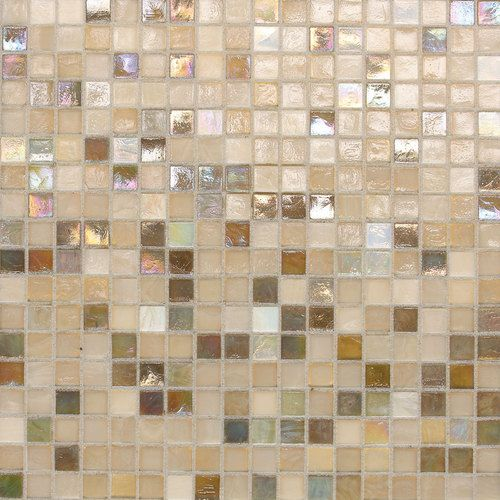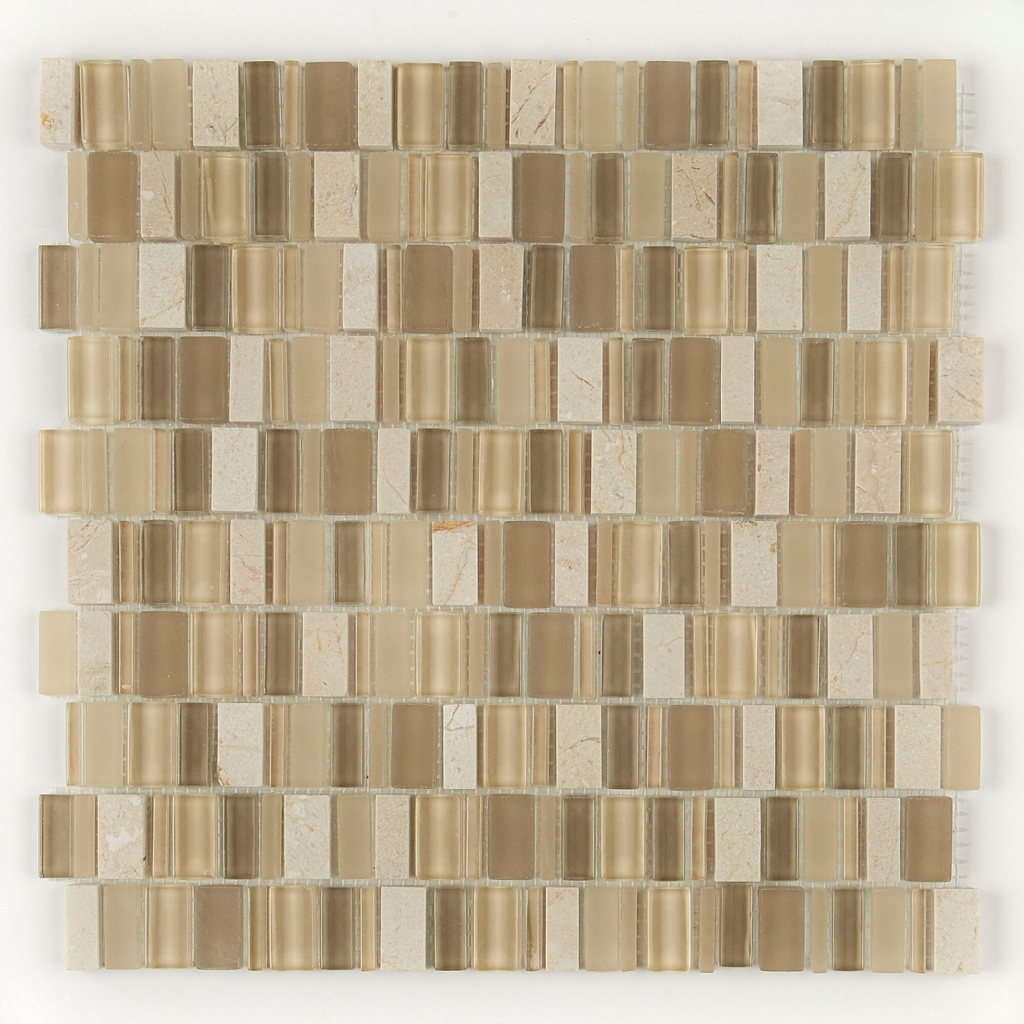5 Dal tile glass mosaic tiles you Love to Buy in 2021
2021.11.17 / By hqt
Mosaic tiles are quite popular and familiar paving materials today. Dal tile glass mosaic has been used in many projects large and small. So what are the composition and advantages and disadvantages of this material? Find out with us in the article below!

What is Mosaic Tile?
In fact, we are quite familiar with dal tile glass mosaic and mosaic tile materials. There are even many people who mistakenly think this is a material cut from natural stone slabs. However, this is an incorrect understanding of this product.
Mosaic tiles are a line of man-made materials similar to some ceramic tiles on the market. The material line is also quite rich and diverse in size, design and design.
Ø Composition of Mosaic Tile
According to information given from famous mosaic tile manufacturers on the market today, the composition of this paving material includes:
Cobblestone: It is stone powder and can account for up to 70%.
Clay: About 30%.
Additives: There is a homogeneous dal tile glass mosaic from the bottom to the surface, so it is called a homogeneous brick also known as porcelain tiles.
Ø Size of Mosaic Tiles
The actual use process shows that the material flow has a relatively diverse size. It is difficult to give a specific number on the length or thickness of this product. However, basically, the two most popular sizes today are 800 x 800 (mm) and 600 x 600 (mm).
Regarding the thickness size, corresponding to the 2 sizes of length and width of the brick above, there will be 2 thickness sizes of 15 - 20 (mm) and 15 - 22 (mm).
Major Features of Mosaic Tiles
During use, the dal tile glass mosaic shows many outstanding advantages. Therefore, it is not difficult to realize that the number of works using this material is increasing markedly.
Advantages of Mosaic Tiles
Outstanding advantages of the material line are highly appreciated by many customers. Some of the salient features include the following:
High color fastness: During use, the color of the product will be mixed with the aggregate, so it will not fade over time.
No peeling: The gloss of the tile is achieved during the abrasion process, so there is almost no peeling during use.
Bearing strength: Brick bones are compacted. As a result, bricks increase their bearing capacity and withstand the impact of external pressure.
Defects of Mosaic Tiles
Although there are many advantages in terms of quality when using, however, there are still some limitations to the dal tile glass mosaic flow. Among them can be mentioned that the tile is not waterproof and can cause the phenomenon of small drops on the surface. This causes very uncomfortable sweating.
The remedy for this situation is that homeowners can use a layer of coal slag, paving the bottom of the floor before pouring concrete and tiling. The moisture-absorbing slag layer will minimize the accumulation of moisture on the floor.

The second limitation is that bricks often have large sizes from 60 x 60 to 100 x 100. Currently, there are quite a few samples of mosaic tiles with sizes from 30 x 30 to 40 x 40. Therefore, the construction of bricks in Small spaces is often quite difficult.
Mosaic Tile Production Process
The process to produce a complete dal tile glass mosaic is carried out through the simulation stages. The detailed steps said by the expert are:
- The aggregate is finely ground, then colored and dried into powder.
- Continue to the forming stage on the press then drying.
- Bring the material to be claimed at high temperature from 1200 to 1220 degrees Celsius.
- Completing the production stage and moving to packaging and supplying products on the market.
How to Identify Quality Mosaic Tiles?
The line of materials is very popular today, but to be able to recognize what is a quality product, not everyone knows. In fact, there are still many product lines of unknown origin and low quality on the market. Therefore, when buying and using these products, you should pay attention to the following:
Observe the thickness of each brick
Usually poor quality bricks will be formed from domestic dal tile glass mosaic. The heating time or the firing temperature is not technically correct. Therefore, the brick may not have a bone. At that time, the bricks were often thin and many of them were irregular.
Observe color
Poor quality products often have faint colors, less sharp patterns, and quickly tarnished tiles. Origin tracking, export date and batch number: These basic parameters will help customers know the exact origin of the product. This is to minimize counterfeiting and counterfeiting.
Application of Mosaic Floor Tiles
Currently, mosaic floor tiles are being widely applied in many different fields. Some of the most popular areas include the following:
- Decorating kitchen countertops, bar counters, dining tables
- Thanks to the waterproof feature, this product's application is the most popular.
- Mosaic tiles to decorate kitchen countertops
- Moreover, mosaic tiles for stairs
- Furthermore, exterior decoration, fence.
- Floor and floor tiling: bring elegance and impression.
- Dal tile glass mosaic
Above is all the necessary information to answer the question what is mosaic tile? Hopefully, the article will provide the necessary insights when customers need to find information about this line of paving materials.
Step by Step Production Process of Mosaic Tiles
Compared with current new material lines, cement tiles have special production technology. The product does not undergo heating, but is handcrafted using hydraulic press technology. Details, colors and designs will be created using prefabricated molds. The detailed production steps are as follows:
Step 1: Prepare the mold
The most important manual production process is the mold of the brick. Thanks to the brick mold, patterns and textures will be shaped. Similarly, the mold is made of steel and is sized to match the size of the dal tile glass mosaic.
Step 2: Create the first layer of bricks
This step will perform the first coloring and watering of the mosaic tiles.
- Make a mixture including white cement, pigments, stone powder and additives.
- Pour the mixed mixture into the prepared mold. Then depending on the color palette will get the corresponding color on the brick. This step is the step to color the brick.
- Moreover, after pouring, remove the brick mold.
Step 3: Pour the next layers of bricks
- Make the first coat with a mixture of gray cement and sand. This step will shape the first poured layer.
- This second layer is usually thin; the effect is to suck all the excess from the first layer.

